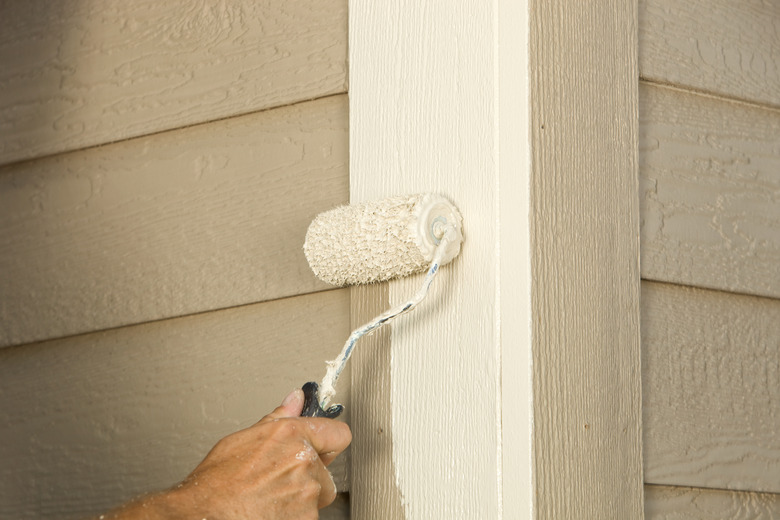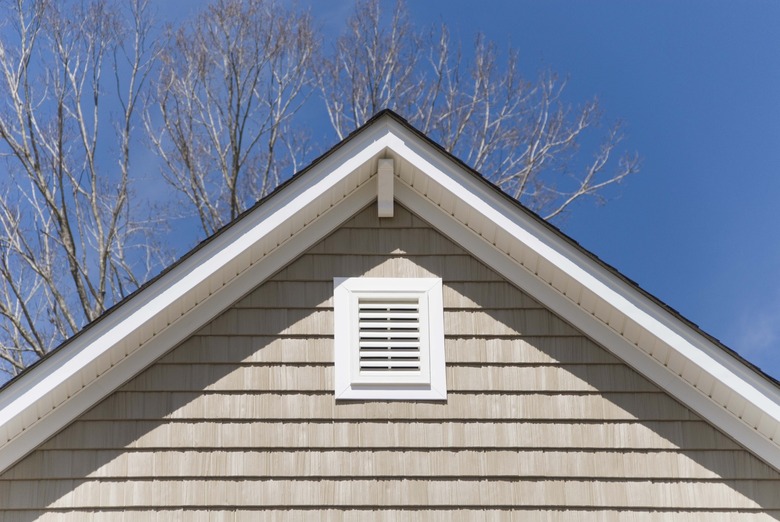4 Professional-Level Techniques For Painting Siding
Painting the siding on your home is a big job and not one that you want to perform frequently. Before painting your siding, take some tips from professional painters so that you can get the best-looking, longest-lasting paint job possible.
1. Do Pre-Painting Preparation
Professional painters like to say that the prep work is half the job. Here are some things to keep in mind:
- The siding needs to be clean and mildew free.
- Damaged siding should be replaced; loose paint needs to be removed entirely. Plan on scraping and sanding until you come to a sound paint surface.
- Apply a primer to all bare wood, to damaged sections of vinyl siding, and to bare aluminum siding. If you are painting new fiber cement siding that does not have a manufacturer-applied finish, it should come pre-primed from the factory.
- Painting prep also involves using painter's tape and plastic to mask anything you don't want painted, such as doors and windows, light fixtures and the like. Don't forget to use plastic and drop cloths to protect landscape plants, lawns, walkways, and patios and decks.
2. Use the Best Paint
All of the major paint manufacturers produce a range of products that vary in quality. From any given paint manufacturer, paint that is at the top of the line or near the top of the line is the one to choose. Because most of the cost of a paint job is in the labor, either your's or a pro's, it does not make sense to skimp on the paint.
Good-quality paints are easier to work with and they last longer on the house. For most types of siding, water-based, acrylic products are able to expand and contract with the siding without cracking. They also allow water vapor produced inside the house to escape to the outside. Oil-based paints block vapor and they are not as flexible as acrylic paints.
While vinyl siding can be painted, it is best to stay away from colors that are darker than the original siding. The dark colors absorb more heat than lighter colors and can lead to buckling and other siding damage. Some siding manufacturers have formulated paints and paint colors to match their vinyl siding products. The paints usually contain acrylics and urethane to handle the expansion and contraction of the siding.
3. Use Smart Painting Strategies
Painting the exterior of a house is a lot of work. Even professional painting crews usually take many days to complete the job. If you are working on your own, be sure to plan accordingly. Here are some tips to help the job go smoothly:
- Work when you are sure that it won't rain and the temperature is right. Manufacturers specify the temperature range for applying their paints.
- Avoid working in direct sunlight. The sun dries the paint too quickly, leading to streaks and splotches in the finished job. It's best to work on the side of the house that is in the shade.
- Have the equipment you will need on hand before starting work. Some items you may need include: good-quality brushes, rollers, five-gallon buckets, rags, ladders/scaffolds, ladder hooks to hold supplies and drop cloths. If using a roller, work from a bucket with a roller grid that hangs over the side of the bucket rather than from a flat roller pan. The bucket holds more paint and it is easier to maneuver, especially when working from a ladder.
- Set up a staging area for paint and tools you are not using at the moment. A shady spot that is covered with a drop cloth is ideal. Use plastic bins to hold paint cans and tools. You will know where everything is, and the bins provide a rigid, flat surface. If there is a spill, the bins will limit the mess.
- If using more than two gallons of the same color, combine the paint in a five-gallon bucket. Pros call this "boxing," and it eliminates color variations from one gallon to the next.
- When working on a ladder, keep your hips inside the side rails of the ladder. Use a ladder hook and a bucket to hold tools and equipment.
- Start at the top of the wall and work in small sections. Work straight across the wall, which means you may have to move your ladder to get to the next section. This is one reason professional painters often use scaffolding.
- When using a roller, first cut in around windows, doors and soffits with a brush before using the roller.
- Be sure to paint the bottom edges of the siding.
- Paint an entire section of wall before quitting for the day. Don't stop in the middle of the wall, but instead look for a natural break, such as a window or corner of the wall.
- If you plan on continuing the next day, don't bother cleaning brushes and rollers. Simply cover the paint and wrap brushes and rollers in plastic. They will be ready to go the next day.
4. Consider Using a Paint Sprayer
Buying or renting paint spraying equipment can help large jobs go quicker, but it may make some jobs last longer when you factor in the masking, along with the breakdown and cleaning of the equipment at the end of the day. Spray painting produces overspray—and not just the kind of overspray that lands on your window frames but, if the conditions are right, also on your neighbor's house or car. So masking and controlling the spray are very important.
There are three general types of paint sprayers:
- Airless sprayers pump paint out at a high rate. They are good for covering large surfaces.
- Air sprayers require compressed air to work. They produce a high-quality finish that makes it a favorite of woodworkers and other craftsman.
- High-volume low-pressure (HVLP) sprayers are good for detail work; they are mainly used on interior projects.
Paint sprayers have different tips to control the spread of the paint. Some models require that you thin the paint before spraying it. Using a paint sprayer requires practice. The trick is to keep the paint tip perpendicular to the wall. Spray from side to side, and always keep the tip moving before you pull the trigger and after you release it. It is easy to apply too much paint at the beginning and end of a pass if you are not careful.
Painting the siding on a house is a big job. But using the right products and techniques is a good way to breathe new life into your home.

